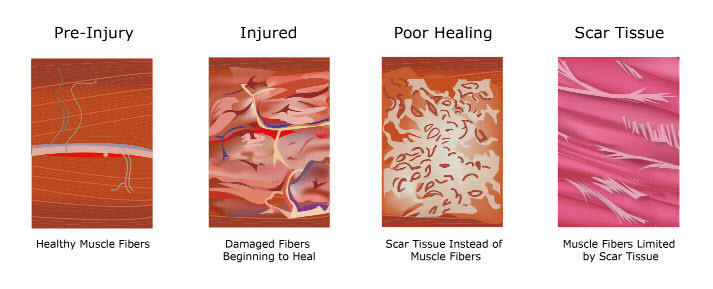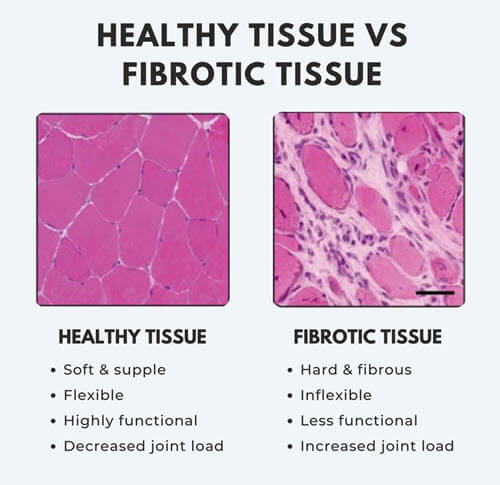Neck Pain
Neck pain is a common complaint, with between 15-44% of the general population experiencing an episode at least once per year. This rate is even higher in office workers, with 50-60% experiencing at least once bout of neck pain per year. Many of these case will go on to become chronic. Neck pain is experienced by people of all ages and becoming even more prevalent with the continued rise in use of technology (computers, tablets, smart phones, etc).
Chronic neck pain can be debilitating, often involving severe headaches and painful, restricted movement which can impact on quality of life.
Common Symptoms of neck pain
→ Sharp pain with head movement
→ Tightness & difficulty turning head
→ Stiff, sore in the morning
→ Dull, aching pain
→ Muscle ‘knots’ that never go away
→ Tingling, numbness, pins & needles
→ Headaches, dizziness
COMMON causes OF NECK PAIN
→ Fibrous adhesion
→ Nerve Entrapment
→ Disc Bulge / Herniation
→ Disc Degeneration
→ Osteoarthritis
→ Muscle Spasm
→ Trigger Points
→ Muscle weakness

Headaches & Migraines
There are many different types of headaches with many different causes. For some folks, headaches (migraines) can be absolutely crippling and an ongoing source of chronic pain. Our skillset becomes particularly relevant when there is a ‘mechanical’ origin of the headache.
It’s common for chronic headache sufferers to have poor range of motion in the neck, which is often due to fibrous adhesion affecting muscles, ligament and nerves. While there may be ways to move around it, the dysfunctional movement can be very meaningful in the bigger picture of the spine and eventually leads to degeneration and chronic pain.
Many structures of the neck are rich with sensory receptors and are therefore also very sensitive to dysfunction. There are also many nerves that course throughout the neck and upper back, all of which are also very sensitive to irritation. When these important structures develop adhesion and cannot function normally, it can become a cause of chronic tension headaches and migraines. By understanding the function of your neck in detail, we can then start addressing the problematic tissues.
FIBROus adhesion
A common cause of unresolved pain is chronic, fibrotic change within soft tissues (also known as fibrous adhesion, or scar tissue). This is when muscles and connective tissue becoming tight, weak and inflexible due to a lifetime of sitting, poor posture and overuse.
The tightness and weakness caused by adhesion then leads to a cascade of compensatory changes changes that eventually result in pain (disc injuries, nerve entrapment and joint pain).
The most common treatments for chronic musculoskeletal pain include adjustment/manipulation, massage, dry needling, kinesio tape, stretching and exercises.
NONE of these techniques are likely to treat the underlying fibrous adhesion.
When the presence of adhesion is not recognised, the diagnosis is incomplete. Without detailed clinical processes and an accurate diagnosis, many treatments will not provide sustainable relief as the underlying cause has not been addressed.

FIBROUS ADHESION: What is it?
Most folks know of scar tissue, which is form of tough, fibrous tissue. But there are other descriptive terms too, such as fibrosis, adhesion, fibrous adhesion, etc.
These various terms describe a mass of dense connective tissue that is made up primarily of the proteins collagen and fibrin. We often think of this as being a response to an accident, surgery, or trauma where the body lays down scar tissue as part of a healing process. This can result in the affected soft tissues becoming tougher, inflexible and a loss of the normal glide and slide that is part of healthy movement – muscles and other tissues get stuck together!
However it is not just direct trauma or surgery that can cause this response within tissues. Adhesion can also develop due to hypoxia, that is, low oxygen levels within tissues that kicks-off the process of fibrotic tissue formation. Think of poor or prolonged postures (sitting for hours on end), long and sustained muscle contractions, repetitive motions and athletic pursuits – all of these can reduce the normal oxygen supply to soft tissues and kick-start the adhesion pathway.

The end result is tight, short and inflexible tissues that cannot do their job properly. Muscles become weak and stuck together, tendons become inflamed and painful, nerves get stuck to surrounding tissues, ligaments can no longer move properly and joints start to degenerate early.

FIBROUS adhesion is a big deal.
It may be the disc bulge, the herniation, the degeneration and osteoarthritis that generate the chronic pain and these are the big things that show up on the radiology report – but it was often the fibrosis of surrounding soft tissues that happened first.
The joints of the human body are designed to move through full ranges of motion and need to be able to do this for health and longevity. When the soft tissues that support a joint become tight, weak and inflexible, the loading of the joint also changes and when this occurs over a period of time, eventually something starts to hurt.
Fibrotic soft tissues are often involved with painful degenerative processes (osteoarthritis, disc degeneration) and this is often the underlying cause of chronic musculoskeletal pain that is not relieved via most traditional treatment approaches.

It’s a common problem, uncommonly diagnosed.
Think of scar tissue, it is dense, tight, inflexible and very strong! When this infiltrates healthy muscles, tendons & ligaments, we get problems – decreased flexibility, decreased range of motion and weakness. Unlike a scar which is usually related to an accident or direct trauma, we develop fibrotic tissue and adhesions over time, through our daily living, poor postures and general overuse.
It’s a consequence of being a modern-day human.
Despite the prevalence of this problem and the impact it has on chronic pain conditions, it is not widely taught within the foundational education systems for musculoskeletal providers and requires further training. Therefore many of the traditional approaches to treating chronic pain can be ineffective because the practitioner is treating the symptoms and not the underlying cause.
How can Apex Soft Tissue & Spine help?
We are not your typical Chiropractic office – we don’t rely on joint manipulation as you may have experienced before. We have extensive experience in diagnosis and treatment of fibrous adhesion and nerve entrapments, which are frequently an underlying and undiagnosed cause of chronic pain. We use non-surgical treatment techniques to reduce adhesion that is affecting muscles, tendons, ligaments and nerves.

